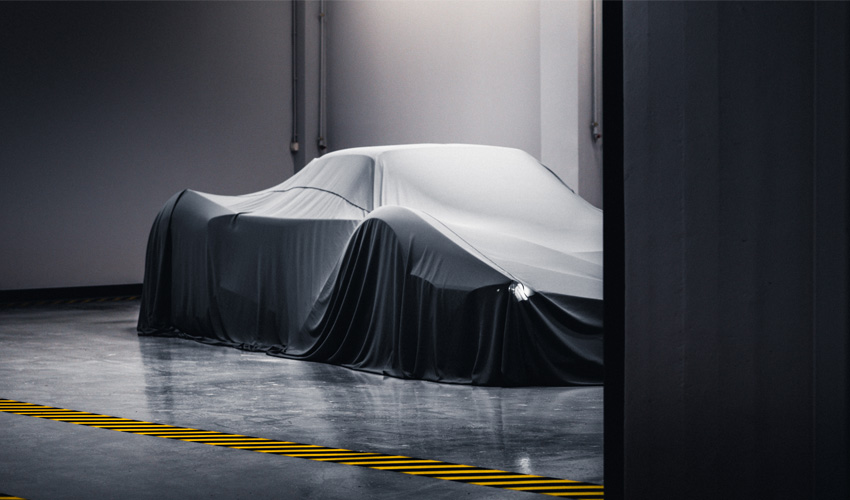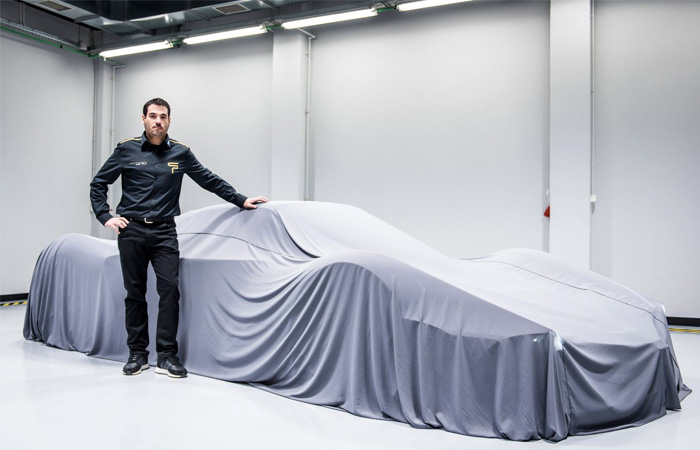Project Chaos: when an ultracar meets 3D printing

Spyros Panopoulos is a Greek racing car enthusiast who has given his name to his company: he recently unveiled the new project he has been working on for the past two years. Project Chaos is a ultracar with very high performance that should be fully revealed in March 2021. However, some details were given, including the fact that it incorporates 3D printed elements such as pistons and connecting rods, and that it can reach 500 km/h. With its 3,000 horsepower, Project Chaos lives up to its name and should make a lot of noise in the automotive industry.
When it comes to additive manufacturing, the automotive industry, in particular luxury cars, is one of the most interested markets because it offers high levels of customization as well as performance gains. Consumers are looking for tailor-made solutions that can differentiate them from their others and 3D printing can respond quickly to this demand. One example is the MINI manufacturer, which has launched its personalisation service to design side decorations, door frame lighting and customised inserts. In the case of Project Chaos, additive manufacturing has above all made it possible to produce highly complex parts and reduce weight and lead times.

Spyros Panopoulos and the ultracar
Project Chaos: an ultracar that integrates 3D printing
Two versions of the car should be available, both based on a 4-litre V10 engine with 20 injectors and 40 valves. One of them would incorporate 3D printed titanium pistons and connecting rods, running at a speed of 11,000 rpm. It is not known exactly which metal 3D printing process was used, but the photos published by Spyros show a directed energy deposition (DED) technology. The second is expected to have carbon fibre connecting rods and pistons 3D printed with a ceramic material. This material is said to be very strong, light and hard – Spyros Panopoulos explains that it used to be used on space shuttles.
It would appear that Sypros has a great deal of experience in generative design, which enables it to design very complex components, using the minimum amount of material to gain performance. Sypros is even said to have developed his own design method called “anadiaplasi”, in which a component takes its shape based on the forces acting on it. The result is organic shapes that are lighter and cheaper to produce. Probably a process that the Greek company used to design Project Chaos. To give you an idea, the car should theoretically reach 100 km/h in less than 2 seconds and up to 400 km/h in about 7 seconds.

Generative design techniques enable to create parts that are lighter and perform better | Credits: Spyros Panopoulos
The complete car should be revealed next March at the Geneva Motor Show, which gives us time to imagine what is hidden under the sheet. The impatient ones can find more information HERE. What do you think of this ultracar? Let us know in a comment below or on our Facebook and Twitter pages! Sign up for our free weekly Newsletter, all the latest news in 3D printing straight to your inbox!








“anadiaplasi”….interesting…but not new. It’s amazing the way they depict a rod via the methods….this has been called for the last couple of decades geometry optimization. Codes like Ansys, Abacus and alike will remove low stress / strained material from a part under loads until virtually the entire part is a balanced higher stress state but meeting life, weight, deflection, and performance requirements…effectively cutting the unecessary material, or regions not in the load paths…the geometries are beautiful…looks like alien tech…but it is fundamental mechanics meeting today’s additive manufacturing tech and clever engineers…